Har du nogensinde ønsket, at din telefons skærm bare var en anelse større? Måske vil du dele de sjove memes eller feriebilleder med venner og familie på den store skærm? Nå, min ven, løsningen er lige ved hånden - bogstaveligt talt! Ved at tilslutte din telefon til dit TV via USB kan du låse op for en helt ny verden af underholdning og bekvemmelighed.
Tænk på det som at have din egen personlige biograf, men i stedet for bare at se, er du instruktøren, produceren og stjernen samlet i én. Med blot et par enkle trin kan du spejle din telefons skærm til dit tv og forvandle enhver stue til et privat visningsrum.
Men vent, der er mere! USB-forbindelser er ikke kun til at vise og fortælle. De åbner også op for muligheder for spil, produktivitet og endda arbejdspræsentationer. Forestil dig at være i stand til at spille dine yndlingsmobilspil på en massiv skærm eller give en bestyrelsesværdig præsentation direkte fra din telefon.
Så lad os dykke direkte ind og udforske verden af USB-forbindelser. Grib din telefon, dit tv, og gør dig klar til at blive overrasket!
Indholdsfortegnelse

Forstå USB-forbindelser
Grundlæggende forbindelser:
Når det kommer til at forbinde dine enheder, er USB som den schweiziske hærkniv af kabler – alsidig og praktisk. I modsætning til sine fætre HDMI og trådløs skærmspejling tilbyder USB-forbindelser en unik kombination af enkelhed og kraft.
USB vs. HDMI vs.Trådløs skærmspejling
| Tilslutningstype | Fordele | Ulemper |
| USB | - Enkel og bredt kompatibel - Stabil og pålidelig - Understøtter lyd og video | - Begrænset udvalg - Kræver kabel |
| HDMI | - Lyd og video i høj kvalitet - Lang kabelrækkevidde | - Begrænset til kun lyd/video - Problemer med kompatibilitet |
| Trådløs skærmspejling | - Ingen kabler er nødvendige - Fleksibel positionering | - Potentiel forsinkelse eller interferens - Begrænset udvalg og kvalitet |
I sin kerne handler USB-teknologi (Universal Serial Bus) om at overføre data mellem enheder. Det er som en digital motorvej, der giver din telefon og dit TV mulighed for at dele filer, videoer og endda vise output problemfrit.
USB typer og adaptere:
Ikke alle USB-porte er skabt lige. Gennem årene er der dukket forskellige USB-standarder op, hver med sine egne unikke muligheder og særheder. Fra den ydmyge Micro-USB til den slanke og moderne USB-C er det vigtigt at vide, hvilken type dine enheder understøtter.
| USB-type | Beskrivelse | Almindelige anvendelser |
| Mikro-USB | Kompakt og meget brugt i ældre enheder | Opladning, dataoverførsel |
| USB-C | Nyere, vendbart stik | Opladning, dataoverførsel, videoudgang |
| USB 3.0 | Højhastigheds dataoverførsel | Ekstern opbevaring, kameraer |
| USB 2.0 | Ældre, langsommere dataoverførsel | Tastaturer, mus, printere |
Frygt ikke, hvis dine enheder har forkerte USB-porte – adaptere og konvertere er her for at redde dagen! Disse smarte små gadgets fungerer som oversættere, så enheder med forskellige USB-typer kan kommunikere problemfrit.
Forberedelse før tilslutning
Kontrol af enhedskompatibilitet:
Før du dykker med hovedet ind i USB-forbindelsespuljen, er det afgørende at sikre, at dine enheder er kompatible med hinanden. Når alt kommer til alt, ville du ikke have lyst til at bruge timer på at forsøge at forbinde en fastnettelefon til en mikrobølgeovn, ville du? (Selvom, hvem ved, måske er det den næste store innovation!)
For at kontrollere kompatibiliteten skal du konsultere din enheds manualer eller foretage en hurtig onlinesøgning efter "USB-skærmspejling" eller "USB-videoudgang" efterfulgt af dine specifikke enhedsmodeller. De fleste moderne smartphones og tv'er bør understøtte USB-forbindelser, men det er altid bedre at være sikker end undskyld.
Liste over nødvendige enheder:
Nu hvor du har bekræftet kompatibiliteten, er det tid til at samle dit udstyr. Her er en hurtig tjekliste over, hvad du skal bruge:
- Din smartphone eller tablet (stjernen i showet!)
- Dit tv (den store skærm-sensation!)
- Et USB-kabelkompatibel med dine enheder (den digitale navlestreng!)
- Eventuelle nødvendige adaptere eller konvertere (sprogoversætterne!)
Afhængigt af din opsætning har du muligvis også brug for:
- En ekstern strømkilde til din telefon (for at forhindre batteridræning under længere tids brug)
- Et trådløst tastatur og mus (for nem navigation og kontrol)
- EN USB-hub(hvis dit tv har begrænsede USB-porte)
Med alt dit udstyr samlet, er du et skridt tættere på at frigøre kraften fra USB-forbindelser!
Trin-for-trin guide
Tilslutningsproces:
Okay, det er showtime! Lad os gennemgå processen med at forbinde din telefon til dit TV via USB trin for trin:
- Find USB-portene: Identificer USB-portene på både din telefon og TV. De er normalt mærket med det ikoniske USB-symbol eller selve ordet "USB".
- Tilslut USB-kablet: Tag dit troværdige USB-kabel og tilslut den ene ende til din telefon og den anden til dit TV's USB-port. Hvis du har brug for adaptere eller omformere, skal du sørge for at tilslutte dem sikkert.
- Aktiver USB-fejlretning (kun Android): På din Android-telefon skal du aktivere "USB-fejlretning" i udviklerindstillingerne. Dette giver din telefon mulighed for at kommunikere med tv'et via USB. Bare søg efter "USB debugging" i din telefons indstillinger og følg vejledningen.
- Vælg inputkilden: Når alt er tilsluttet, tag fat i fjernbetjeningen til fjernsynet og skift inputkilden til den USB-port, du lige har tilsluttet. Du kan muligvis se muligheder som "USB", "Medie" eller "Multimedia" - vælg blot den relevante.
- Spejl eller udvid din skærm: Afhængigt af dine enheder vil du enten se din telefons skærm spejlet på tv'et eller få mulighed for at udvide din skærm på tværs af begge skærme. Leg med indstillingerne for at finde din foretrukne visningstilstand.
- Juster indstillinger for optimal visning: Vær ikke bange for at justere ting som opløsning, orientering og billedformat for at få den bedst mulige billedkvalitet.
Og bare sådan har du med succes forbundet din telefon til dit TV via USB! Var det ikke nemmere end at prøve at lære din kat kvantefysik? (Tro mig, jeg har prøvet.)
Software og indstillinger:
Mens den fysiske forbindelse er rygraden i dit setup, er software og indstillinger de muskler, der virkelig får det til at bøje sig. Afhængigt af dine enheder skal du muligvis installere specialiserede apps eller justere visse indstillinger for at sikre en jævn USB-forbindelsesoplevelse.
For eksempel kræver nogle Android-enheder tredjepartsapps som f.eks Droid@Screen eller Splashtop Wired XDisplay for at aktivere USB-skærmspejling. Disse apps fungerer som digitale tolke og oversætter din telefons skærm til et sprog, dit tv kan forstå.
På den anden side kommer nogle tv'er med indbygget "USB Display" eller "Mobile High-Definition Link" (MHL), som du skal aktivere. Disse indstillinger ruller i det væsentlige den røde løber ud til din telefons skærm, så den problemfrit kan projiceres på den store skærm.
Bare rolig, hvis du ikke er teknisk kyndig – de fleste moderne enheder har brugervenlige grænseflader og detaljerede instruktioner til at guide dig gennem processen. Og hvis alt andet fejler, kan en hurtig onlinesøgning eller besøg på din enhedsproducents hjemmeside give de svar, du har brug for.
Fejlfinding
Almindelige problemer:
Selv den mest nøje planlagte USB-forbindelse kan nogle gange ramme en hage eller to. Men frygt ej, min ven – vi har din ryg! Her er nogle almindelige problemer, du kan støde på, og hvordan du løser dem:
Ingen visning på tv:
- Dobbelttjek dine kabelforbindelser, og sørg for, at de er sat ordentligt i.
- Skift tv'ets inputkilde, og prøv en anden USB-port.
- Genstart både din telefon og dit TV.
Dårlig billedkvalitet:
- Juster indstillingerne for opløsning og billedformat på dine enheder.
- Brug et USB-kabel eller en adapter af højere kvalitet.
- Opdater dit tv's firmware eller installer eventuelle tilgængelige patches.
Lydproblemer:
- Sørg for, at dit tv's højttalere er tændt, og at lydstyrken er oppe.
- Kontroller, om dit tv har separate lydindgangsindstillinger for USB-forbindelser.
- Prøv at bruge hovedtelefoner eller eksterne højttalere tilsluttet din telefon.
Laggende eller hakkende video:
- Luk alle unødvendige apps eller processer, der kører på din telefon.
- Brug en højhastigheds USB-kabeleller adapter.
- Sænk opløsningen eller billedhastigheden for mere jævn afspilning.
Husk, lidt tålmodighed og vedholdenhed rækker langt i fejlfinding. Og hvis alt andet fejler, skal du ikke være bange for at søge hjælp fra troværdige onlinefora, producentsupport eller den teknisk kyndige ven, der altid ser ud til at have svarene.
Ydeevneoptimering:
Nu hvor du har fået din USB-forbindelse op at køre, er det tid til at optimere din opsætning for den bedst mulige oplevelse. Tænk på det som en finjustering af en højtydende motor – et par justeringer her og der kan gøre en verden til forskel.
Juster skærmindstillinger: De fleste tv'er og telefoner tilbyder en bred vifte af skærmindstillinger, der dramatisk kan forbedre din seeroplevelse. Spil med muligheder som lysstyrke, kontrast, farvetemperatur og endda forudindstillede tilstande som "Cinema" eller "Game" for at finde den perfekte balance til dine behov.
Aktiver højopløsningstilstande: Hvis dine enheder understøtter det, kan aktivering af højopløsningstilstande som 4K eller 1440p give et niveau af detaljer og klarhed, der får dine øjne til at springe. Bare vær opmærksom på den potentielle ydeevnepåvirkning på ældre eller mindre kraftfulde enheder.
Brug et højhastigheds-USB-kabel: Selvom det gamle USB-kabel måske virker, investerer du i en højhastighedskabel (USB 3.0 eller nyere) kan forbedre dataoverførselshastighederne betydeligt og reducere forsinkelse eller hakken, især når du streamer video i høj opløsning eller spil.
Optimer telefonens ydeevne: Luk alle unødvendige apps eller processer, der kører på din telefon, for at frigøre ressourcer og forhindre ydeevneflaskehalse. Du vil måske også overveje at aktivere ydeevnetilstande eller overclocking-funktioner, hvis din telefon understøtter dem (men vær forsigtig, da dette potentielt kan påvirke batterilevetiden eller enhedens stabilitet).
Placer enheder strategisk: Tro det eller ej, den fysiske placering af dine enheder kan også påvirke ydeevnen. Prøv at minimere kabellængder og hold din telefon og dit tv relativt tæt på hinanden for at reducere potentiel signalforringelse eller interferens.
Husk, at optimering af din opsætning er en løbende proces. Vær ikke bange for at eksperimentere og finde de indstillinger, der fungerer bedst til din specifikke brug, uanset om det er streaming af film, spil eller bare nyde en større skærm til hverdagsopgaver.
Alternative løsninger
Selvom USB-forbindelser tilbyder en fantastisk blanding af enkelhed og alsidighed, er de ikke det eneste spil i byen. Teknologi er i konstant udvikling, og alternative løsninger dukker altid op, hver med sit eget sæt af fordele og ulemper.
Muligheder for trådløs forbindelse:
Hvis du ikke er fan af kabler (eller bare ikke synes at finde den rigtige adapter), kan trådløs skærmspejling være vejen at gå. Populære muligheder omfatter:
Miracast: Indbygget i mange moderne enheder giver Miracast dig mulighed for trådløst at spejle din telefons skærm til kompatible tv'er eller dongler uden behov for kabler eller yderligere apps.
Chromecast: Googles smarte lille streamingenhed lader dig "caste" indhold fra din telefon eller andre enheder direkte til dit tv. Det er ikke ægte spejling, men det er en fantastisk mulighed for at streame videoer, billeder og endda spil.
AirPlay: Apples proprietære skærmspejlingsteknologi fungerer problemfrit mellem iPhones, iPads og Apple TV'er, hvilket gør det til et bekvemt valg for dem, der allerede har investeret i Apples økosystem.
Selvom trådløse løsninger tilbyder uovertruffen bekvemmelighed og fleksibilitet, kan de nogle gange lide af forsinkelser, interferens eller kompatibilitetsproblemer – især i overfyldte trådløse miljøer eller med ældre enheder.
App-assisterede forbindelser:
Hvis du leder efter en mere specialiseret løsning, er der adskillige tredjeparts-apps, der kan lette USB-forbindelser eller tilbyde yderligere funktioner ud over grundlæggende skærmspejling. Her er et par populære muligheder:
Droid@Screen: Denne kraftfulde app giver dig mulighed for at spejle din Android-enheds skærm til dit tv eller computer via USB, samtidig med at den tilbyder funktioner som filoverførsel, fjernbetjening og endda spilstreaming.
Splashtop Wired XDisplay: Med understøttelse af både USB og trådløse forbindelser giver Splashtop Wired XDisplay en problemfri spejlingsoplevelse med lav latenstid og avancerede funktioner som berøringskontrol og lydstreaming.
ApowerMirror: Designet til både Android- og iOS-enheder tilbyder ApowerMirror en række tilslutningsmuligheder, herunder USB, Wi-Fi og endda skybaseret spejling, hvilket gør det til et alsidigt valg til forskellige opsætninger.
Selvom disse apps ofte kommer med ekstra gebyrer eller abonnementer, kan de give en mere robust og funktionsrig oplevelse sammenlignet med indbyggede spejlingsløsninger.

Konklusion
Og der har du det, folkens – en omfattende guide til at forbinde din telefon til dit tv via USB, komplet med fejlfindingstips, optimeringsstrategier og alternative løsninger. Nu er du praktisk talt en USB-forbindelsesekspert!
Men hvorfor stoppe der? Med den viden, du har opnået, kan du blive go-to-ressourcen for alle dine venner og familie, der søger at låse op for kraften i deres enheder. Forestil dig udseendet på deres ansigter, når du afslappet slentrer ind, forbinder deres telefon til tv'et med et par behændige bevægelser og erklærer: "Du er velkommen!"
I fuld alvor tilbyder USB-forbindelser en enkel, men kraftfuld måde at bygge bro mellem dine mobile enheder og den store skærm. Uanset om du ønsker at dele minder, spille i større skala eller bare nyde en mere fordybende mobiloplevelse, er verden af USB-tilslutningsmuligheder din.
Så gå frem, forbind og erobre – for i denne digitale tidsalder er evnen til problemfrit at integrere dine enheder en superkraft, der vil tjene dig godt. Og hvem ved? Måske vil vi en dag forbinde vores smartphones til holografiske skærme eller projicere augmented reality direkte fra vores lommer. Mulighederne er uendelige, og du, min ven, er nu udstyret til at omfavne dem alle!
Folk spørger også
Hvorfor kan min telefon ikke oprette forbindelse til mit tv via USB?
Der kan være flere årsager til, at din telefon ikke forbinder til dit TV via USB:
- Inkompatibelt USB-kabel: Sørg for, at du bruger et kompatibelt USB-kabel til dataoverførsel.
- Forkert USB-tilstand: Sørg for, at din telefon er indstillet til den korrekte USB-tilstand (f.eks. MTP eller filoverførsel).
- Defekt USB-port: Tjek både telefonens og tv'ets USB-porte for skader eller snavs.
- Softwareproblemer: Opdater din telefons software, og tjek for eventuelle kompatibilitetsproblemer mellem din telefon og tv.
Hvordan tilslutter jeg min USB til mit TV uden en USB-port?
Hvis dit tv ikke har en USB-port, kan du stadig tilslutte din USB-enhed ved hjælp af alternative metoder:
- HDMI til USB-adapter: Brug en HDMI til USB-adapter, hvis dit tv har en HDMI-port.
- Medieafspiller: Slut din USB til en medieafspiller, der kan tilsluttes dit TV.
- Smart TV-boks: Brug en smart TV-boks, der understøtter USB-forbindelse, for at få adgang til dit USB-indhold på dit TV.
Hvordan forbinder jeg min Android-telefon til mit normale tv via USB?
Følg disse trin for at tilslutte din Android-telefon til et almindeligt tv via USB:
- Brug MHL eller SlimPort: Tjek, om din telefon understøtter MHL- eller SlimPort-teknologi til USB til HDMI-konvertering.
- USB-C til HDMI-adapter: Brug en USB-C til HDMI-adapter, hvis din telefon har en USB-C-port.
- Skærmspejling: Nogle Android-telefoner understøtter skærmspejling via USB, så du kan få vist din telefons skærm på tv'et.
Hvilket format skal en USB være til TV?
De fleste tv'er understøtter USB-drev formateret i FAT32 eller exFAT. Sørg for, at dit USB-drev er formateret i et af disse formater for at sikre kompatibilitet med dit TV. Tjek desuden dit tv's manual eller specifikationer for eventuelle specifikke formatkrav, det måtte have.

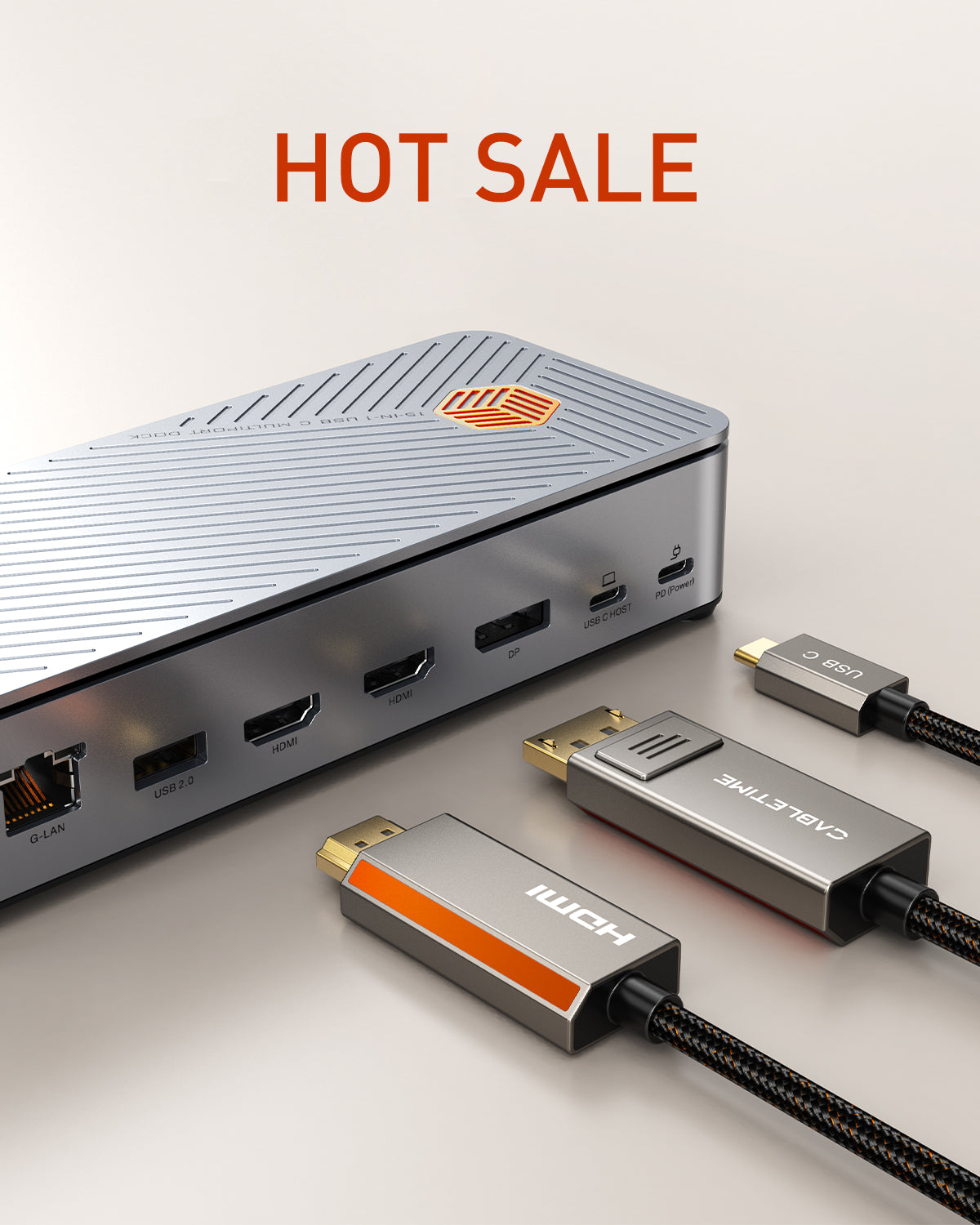
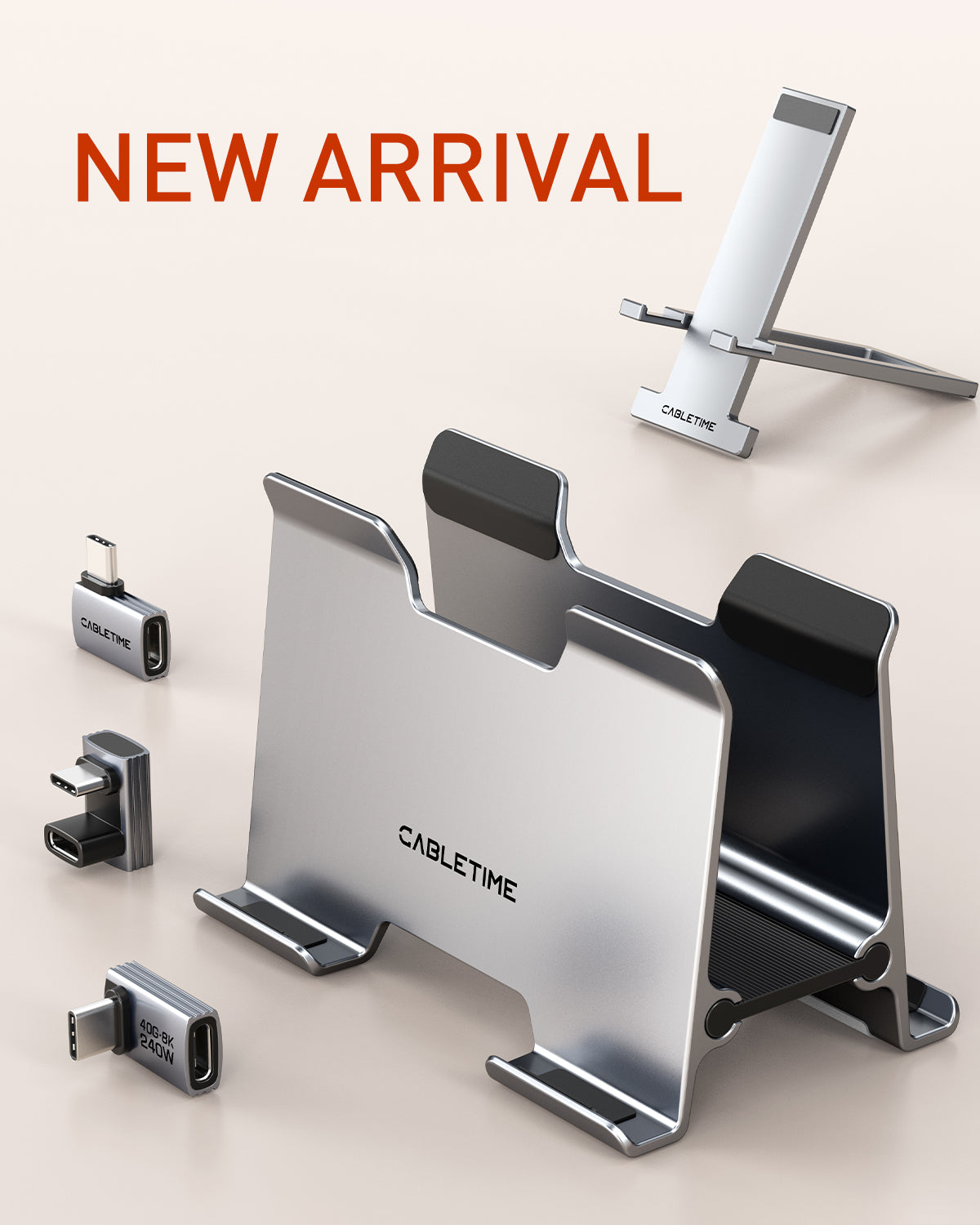
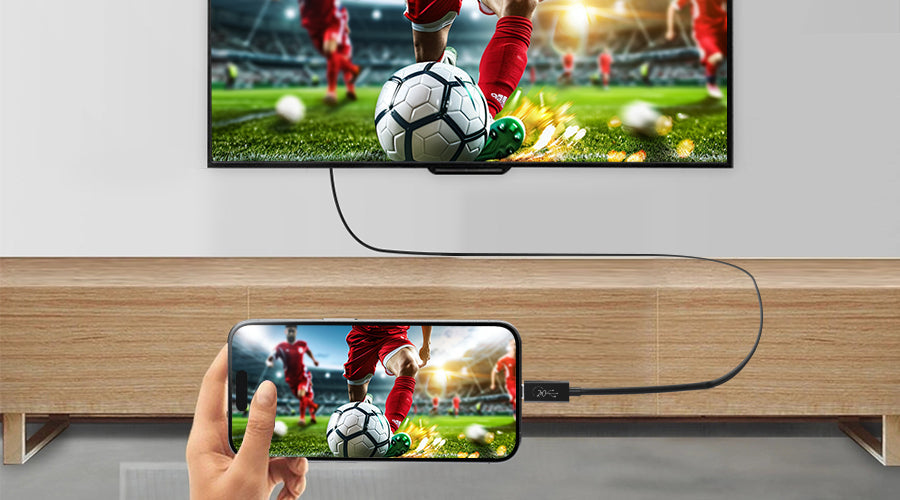
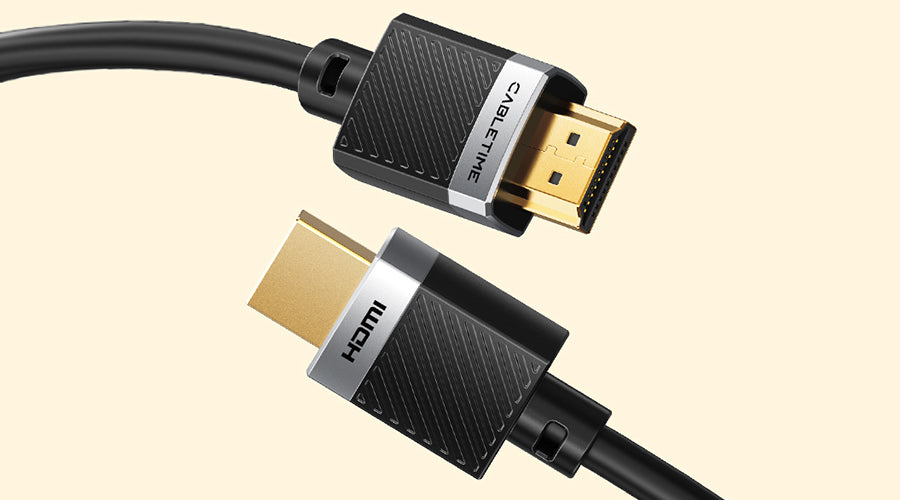
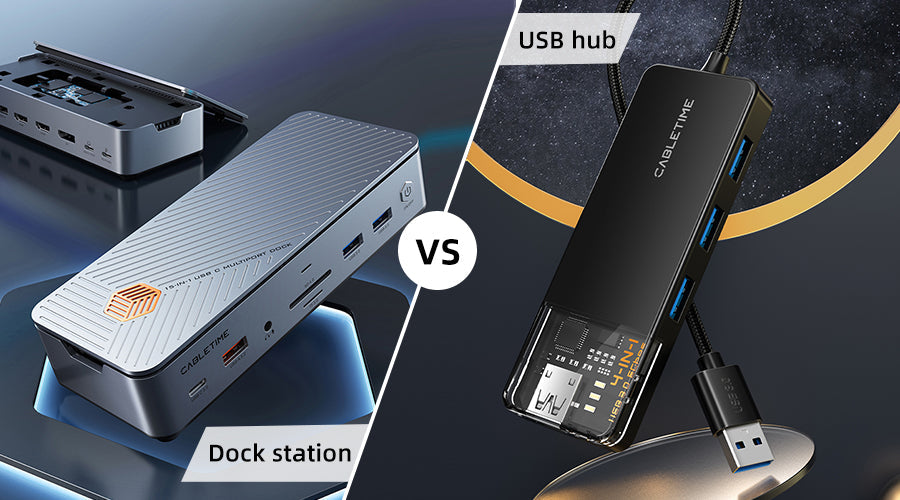
1 kommentar
Soul brown
Connecter mon téléphone
Efterlad en kommentar
Denne side er beskyttet af hCaptcha, og hCaptchas Politik om beskyttelse af persondata og Servicevilkår er gældende.